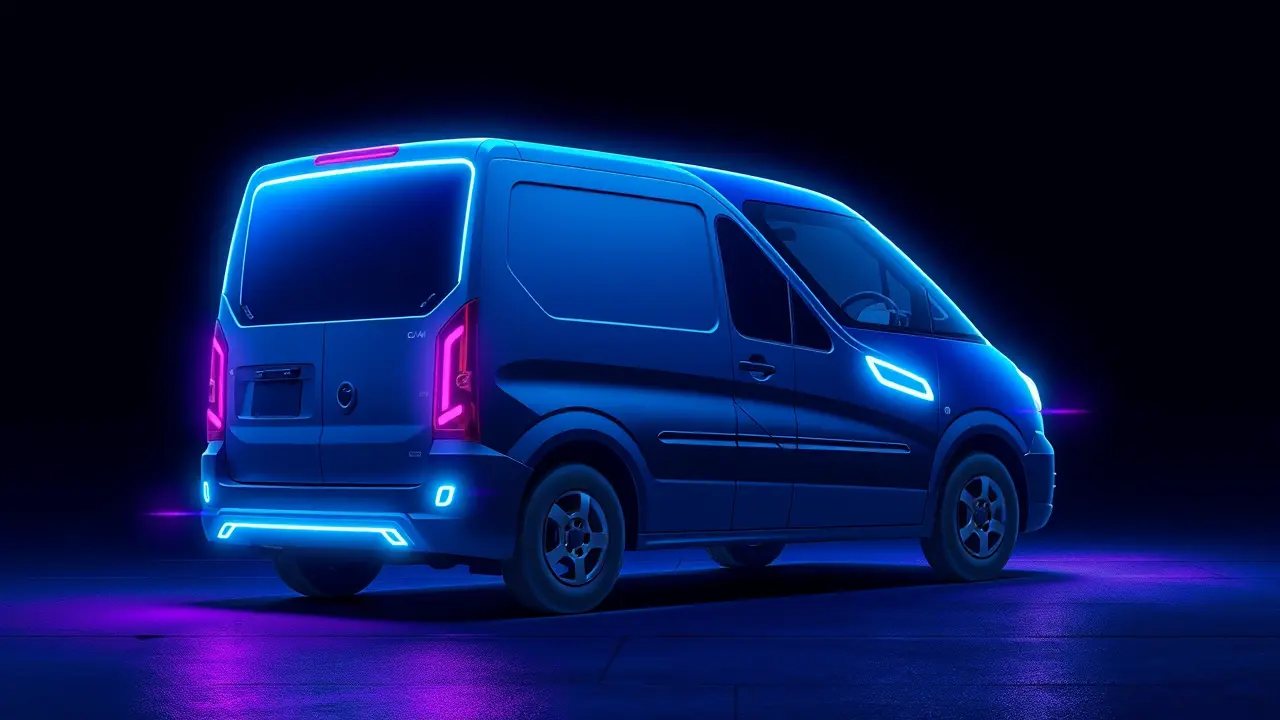GM Ends BrightDrop Electric Van Program After Four Years
The abrupt termination of General Motors' BrightDrop electric van unit after a turbulent four-year run represents more than a simple product line cancellation; it's a strategic retreat that signals significant fault lines in the auto giant's electrification strategy and raises urgent questions about the commercial viability of the electric commercial vehicle segment at scale. This wasn't a quiet sunset but a chaotic program collapse, a direct result of GM's fundamental struggle to move these purpose-built electric delivery vans beyond niche pilot programs and into the mass adoption phase required for profitability.The context here is critical: GM launched BrightDrop with immense fanfare in 2021, positioning it as a cornerstone of its $35 billion EV investment and a direct challenger to Rivian's EDV, which had secured an exclusive, massive deal with Amazon. The initial risk scenario seemed manageable—a first-mover advantage in a burgeoning last-mile delivery market hungry for zero-emission solutions.However, the operational reality proved brutally different. The program was plagued by the same supply chain bottlenecks and battery production woes that affected the broader automotive industry, but these were compounded by a hesitant buyer market.Major logistics fleets, while publicly committing to sustainability goals, have been notoriously slow to commit capital to unproven, dedicated EV platforms, especially when faced with persistent concerns over charging infrastructure for depot-based vehicles and total cost-of-ownership calculations that remain challenging without substantial government subsidies. The downfall of BrightDrop can be analyzed through a classic risk framework: a high-stakes bet on a rapidly evolving market that failed to account for competitor agility and shifting macroeconomic winds.While GM was building its specialized Zevo vans, established players like Ford were electrifying their best-selling Transit vans, offering fleets a familiar product with an electric heart, thereby mitigating adoption risk. Meanwhile, the post-pandemic surge in e-commerce, which initially seemed a tailwind, normalized, and high interest rates made large capital expenditures on new vehicle classes a hard sell for CFOs.The consequences are multifaceted. For GM, this is a reputational hit, a public admission that it couldn't successfully commercialize a brand it heralded as a future growth pillar.Financially, it means writing off hundreds of millions in development costs and reassigning engineering resources back to its core consumer EV lines like the Chevrolet Silverado EV and Blazer EV, which are themselves facing intense market pressure. The broader industry impact is a chilling effect; if a manufacturing behemoth like GM, with its Ultium battery platform and deep pockets, cannot make the unit economics of electric commercial vans work, it forces a recalibration of risk assessments across the entire sector.It validates a more cautious, phased approach and may push other automakers to prioritize hybrid solutions or alternative fuels like hydrogen for heavy-duty applications where pure battery-electric range and charging times remain a significant operational constraint. The BrightDrop story is a case study in strategic miscalculation—a failure to accurately gauge market readiness and competitive intensity. It serves as a stark warning that the road to an all-electric future is not a straight line paved with good intentions, but a treacherous path filled with unforeseen obstacles and brutal economic realities that can derail even the most well-funded initiatives.
JU
JustAnotherGrinder6 hours ago
man this is why we can't have nice things, feels like every big company is just throwing stuff at the wall to see what sticks
0
SP
SparkyQueen7 hours ago
omg but this is such a bummer to hear 😔 sending all the love and support to the brightdrop team, you guys are absolute rockstars and this doesn't change a thing!! 💙✨ can't wait to see what you all do next, the future is still so bright!!! 🔥
0
HI
HistoryBuff8711 hours ago
this reminds me of the early 20th century when manufacturers struggled to transition from carriage-making to automobile production on a viable scale. GM seems to be facing a similar chasm between ambitious prototyping and true commercial adoption, a tale as old as industrial innovation itself.
0
© 2025 Outpoll Service LTD. All rights reserved.
